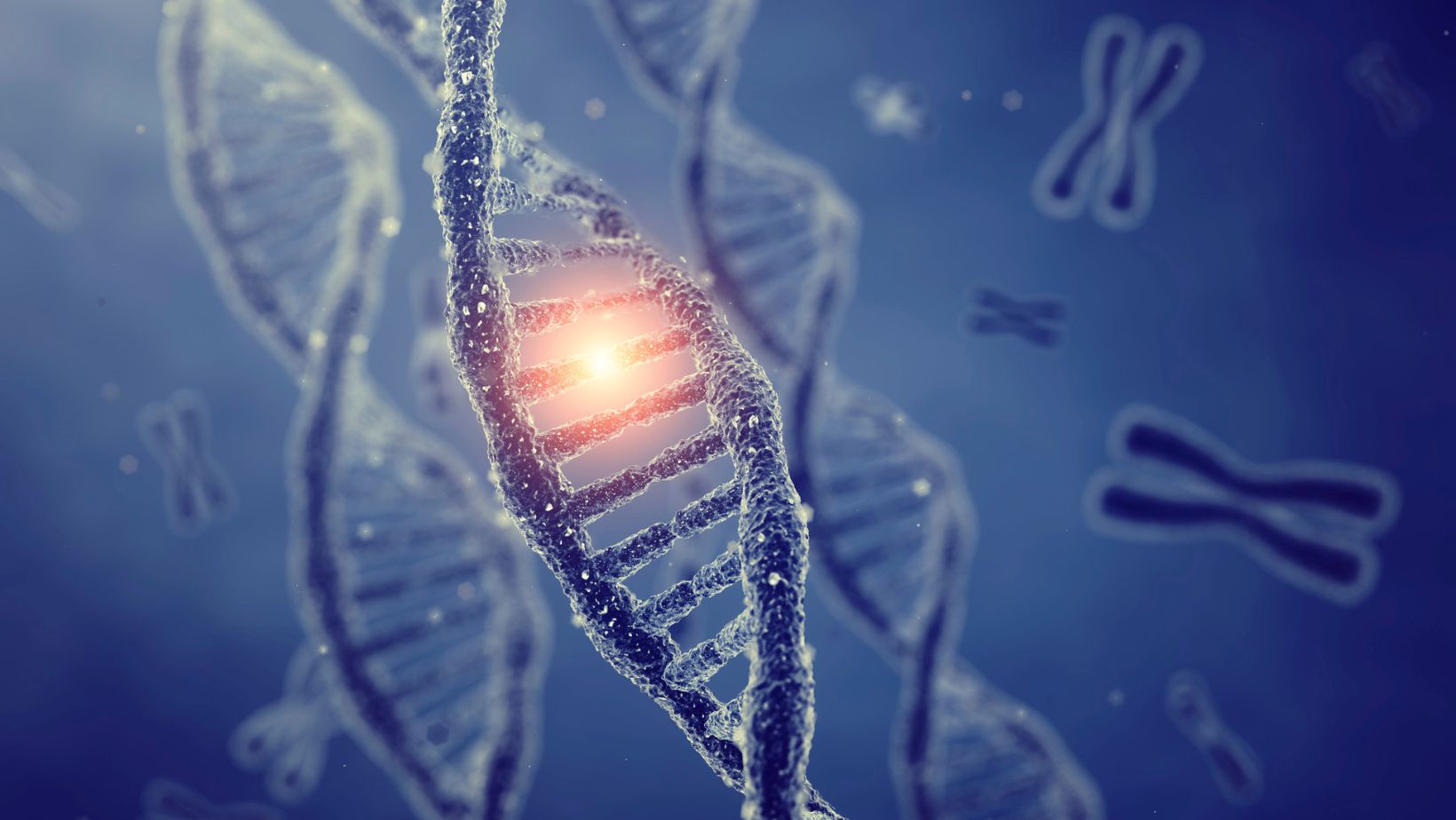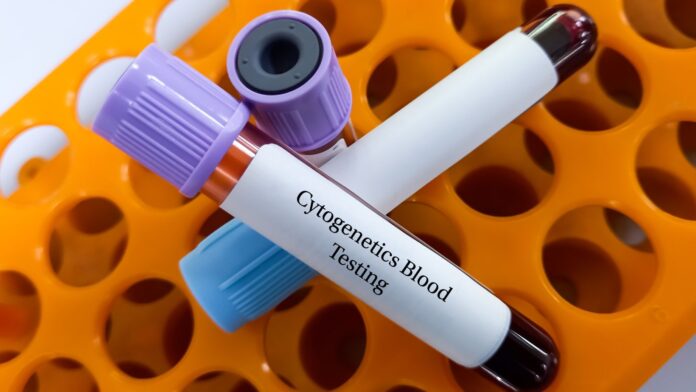Based on the information provided in the passage, it is evident that the most likely mechanism of inheritance for HPRCC (Hereditary Papillary Renal Cell Carcinoma) is autosomal dominant inheritance.
Autosomal dominant inheritance implies that a single copy of the mutated gene is sufficient to cause the disease. In the case of HPRCC, individuals who inherit one copy of the mutated gene from an affected parent have a 50% chance of developing the condition themselves. This pattern of inheritance is supported by the fact that affected individuals often have at least one affected parent.
The passage mentions that HPRCC results from mutations in the MET proto-oncogene. This specific mutation affects cell growth and division, leading to the development of papillary renal cell carcinoma. The autosomal dominant nature of this condition suggests that there is a high likelihood for affected individuals to pass on the mutated gene to their offspring.
Based on the information provided in the passage, it can be inferred that HPRCC follows an autosomal dominant inheritance pattern due to its association with mutations in a single gene and its occurrence within multiple generations of families. Based on the information provided in the passage, we can explore the most likely mechanism of inheritance for HPRCC.
Based On The Information In The Passage, What Is The Most Likely Mechanism Of Inheritance For HPRCC?
To determine the most likely mechanism of inheritance for HPRCC (Hereditary Papillary Renal Cell Carcinoma), we need to analyze the information provided in the passage. By carefully examining the details, we can gain insights into how this genetic condition is passed down from one generation to another.
Based on the information in the passage, it appears that HPRCC follows an autosomal dominant pattern of inheritance. This means that a single copy of the mutated gene is sufficient to cause the disease. Individuals who inherit this gene variant have a 50% chance of developing HPRCC themselves and passing it on to their children.
Autosomal dominant inheritance suggests that both males and females are equally affected by HPRCC. Unlike autosomal recessive conditions where individuals typically need two copies of the mutated gene to manifest symptoms, HPRCC only requires one copy for disease expression.
It’s important to note that autosomal dominant conditions often exhibit variable expressivity and incomplete penetrance. Variable expressivity means that individuals with the same genetic mutation may experience different symptoms or varying severity of symptoms. Incomplete penetrance refers to cases where not everyone who inherits the mutated gene will develop symptoms.

Genetic Basis Of HPRCC
When examining the information provided in the passage, it becomes evident that the most likely mechanism of inheritance for Hereditary Papillary Renal Cell Carcinoma (HPRCC) is autosomal dominant inheritance. Autosomal dominant inheritance refers to a pattern where only one copy of an abnormal gene is required to inherit the condition.
In the case of HPRCC, individuals who carry a single mutated copy of the responsible gene have a 50% chance of passing on this genetic alteration to each offspring. This means that if one parent has HPRCC, there is a significant likelihood that their children will inherit and potentially develop this hereditary form of kidney cancer.
The specific gene associated with HPRCC is called c-Met proto-oncogene (MET), which plays a critical role in cell growth and division. Mutations in this gene can lead to uncontrolled cell proliferation and ultimately contribute to tumor formation in the kidneys.
It’s important to note that while carrying a mutated MET gene increases the risk of developing HPRCC, not all individuals with this mutation will necessarily develop the disease. Other factors such as environmental influences and additional genetic variations may influence whether or not symptoms manifest.
Understanding the genetic basis of HPRCC allows researchers and healthcare professionals to better identify individuals who may be at higher risk for developing this type of kidney cancer. Additionally, it aids in providing appropriate counseling and surveillance strategies for affected families.


